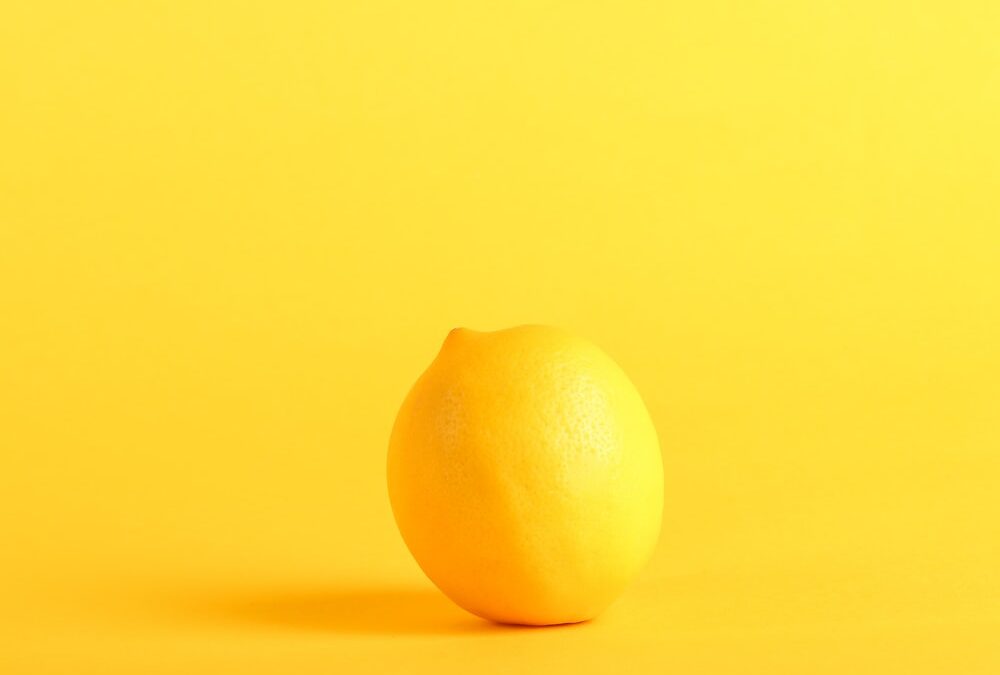The COVID-19 virus has left the world in unprecedented and uncertain times. As different countries and states implement their own responses to the virus and the world continues to change, it is critical that we take action where we can. One of the main ways everyone can help slow the spread of the virus is by regularly cleaning the surfaces in their homes and places of work which are regularly touched or handled. However, simply wiping down your phone with a rag is not enough. To clean effectively, you must use the appropriate cleaning products.
You have likely seen brightly colored cleaning products in stores around the world and never thought twice about why cleaning products are different colors. You might write the varied colors off as nothing more than marketing. While brands rely on color recognition there is often a reason why cleaning products have different colors. The color of a cleaning product sometimes indicates the product’s intended use and related attributes. But, more often the color correlates to the scent of the product. The color-based coding is often industry-specific, so you may observe the following colors in certain product-types:
Blue: General purpose cleaner, but also suitable for glass and other surfaces. Some industries use blue to denote acidic solutions, whereas others use blue to signify high pH solutions.
Yellow or Pink: Low-risk cleaners that may be used to signify that a reduced risk of cross-contamination.
Red or Purple: High-risk and heavy-duty cleaners usually reserved for areas with an elevated risk of cross-contamination and bathroom cleaning. Some industries use red to denote high pH solutions. In contrast, some industries use red to connote that the product is acidic.
Green: A cleaning product that is sometimes designed to be used in food preparation areas.
Brown: Oven cleaners
In contrast to color-coding based on industry and intended use, many colors are simply used to reflect the scent of the product:
Blue: Fresh scents, ocean-based scents
Yellow: Lemon
Orange: Fruit and orange
Green: Apple, pine, and invigorating scents
Red and pink: Tropical scents, cherry, floral
Purple: Lavender
Brown: Wood, nature-based
Just like not every cleaning product should be used on every surface, not every type of dye belongs in every product. There are many different types of dyes and each type has different properties that makes them conducive for certain applications and formula attributes.
FDA Certified dyes have been approved for certain uses by the Food and Drug Administration. FDA approved colorants may be able to be used in food, drugs, cosmetics, and medical devices that come into contact with humans or animals. Many cleaning products may need FDA colorants.
Below is a brief overview of some classes of dyes and other colorants which are commonly used in soaps and cleaning products.
Acid dyes consist of acidic molecular groups that give the dyes their name. Acid dyes tend to exhibit low staining potential in many types of cleaning products so they are often used in soaps, detergents, and glass and hard surface cleaners.
Direct dyes are a cousin to Acid dyes. Direct dyes are also commonly used in assorted soaps, detergents, and glass and hard surface cleaners. Some of these items can also be used in the presence of oxidizers (ex: bleach, chlorine dioxide).
Disperse dyes are generally used to color synthetic fibers and hydrophobic polyesters that lack ionic properties. Disperse dyes are far less water-soluble than Acid dyes, Basic dyes, or Direct dyes, and the Disperse dyes are more commonly used in high-temperature dye baths. For best results, the dye bath should be around 80°C – 100 ⁰C as lower temperatures may result in uneven coloring. Disperse dyes are also used in select industrial cleaning products including but not limited to detergents and degreasers.
Pigments are dispersible and they are often used in “extreme” products. Some pigments are stable in very low pH, others in very high pH. Some pigments are used in bleach and other chemicals which notoriously degrade many other colorants.
Polymeric colorants are commonly used in applications which need a color that will exhibit very low staining potential. For this reason the Polymeric colorants are often used in laundry detergent, fabric softener, and carpet cleaner.
As the world continues to change, you can rest assured knowing that Pylam will continue to serve the community by supplying clients with the colorants they need to continue producing cleaning products that will help keep you your family, and your living and work spaces safe.
Contact us anytime.

